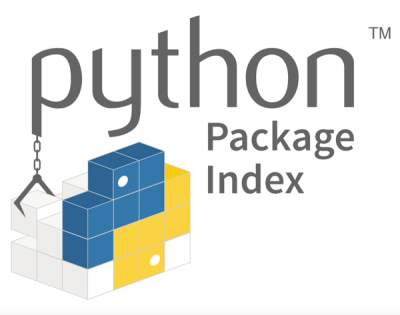relay-mongoose
About
relay-mongoose is a small library with a few utilities to make implementing relay compliant server easier.
It provides a class that enhanced the base mongoose.Model with a few relay helpers.
Usage
EnhancedModel
Use mongoose loadClass() method as described here.
import * as mongoose from 'mongoose';
import { EnhancedDocument, EnhancedModel } from 'relay-mongoose';
export interface TestSchemaInterface extends EnhancedDocument {
field: string;
}
const testSchema = new mongoose.Schema({
field: String
});
testSchema.loadClass(EnhancedModel);
const TestModel: EnhancedModel<TestSchemaInterface> = mongoose.model('test', testSchema) as any;
You can now use the added findConnections method:
const result = await TestModel.findConnections({}, {});
Note that the id returned in each node is already a base64 encoded string returned from document.relayId utility.
relayId
As shown in the previous example, all documents returned by findConnections have a modified id which is
the base64 encoded concatenation of model name and object ID by a dot.
For example consider the following document in the test collection:
{ _id: '5ea4730dfdea900007758b00', field: 'something' }
Before encoding, relayId value is test.5ea4730dfdea900007758b00. The string is then base64 encoded
to mask the collection name in the ID. This value can be decoded by the fromRelayId() utility in relay-mongoose.
This allows to easily write a node query resolver like this:
import * as mongoose from 'mongoose';
import { fromRelayId } from 'relay-mongoose';
const Query = {
node: (obj, { id }) => {
const { modelName, objectId } = fromRelayId(id);
return mongoose.models[modelName].findById(objectId);
}
};
findConnections standalone function
There is also a standalone findConnections function to which as the first argument you can pass a mongoose
query for more flexibility. For example:
import * as mongoose from 'mongoose';
import { EnhancedModel, findConnections } from 'relay-mongoose';
const TestModel: EnhancedModel<any> = mongoose.model('test', testSchema) as any;
const firstQuery = TestModel.find({ condition: 2 }).populate(...);
const paginatedData = await findConnections(firstQuery, { first: 10 });
Please note that the query passed as the first argument has to have extended the EnhancedModel class
as relayId property is needed for correct mapping.
API
EnhancedModel.findConnections
async findConnections<T extends Document>(
conditions: FilterQuery<T>,
paginationArgs: PaginationArgs,
projection?: any | null
): Promise<ConnectionDocuments<T>>
conditions, projection: the same as mongoose find signature arguments.
paginationArgs: pagination arguments as defined by relay specification
export type Cursor = string;
export interface PaginationArgs {
first?: number;
last?: number;
before?: Cursor;
after?: Cursor;
}
export interface Edge<T> {
cursor: Cursor;
node: T;
}
export interface ConnectionDocuments<T> {
edges: Edge<T>[];
pageInfo: {
startCursor?: Cursor;
endCursor?: Cursor;
hasNextPage: boolean;
hasPreviousPage: boolean;
};
}
EnhancedModel.relayId
The base64 encoded concatenation of model name and stringified object ID of a document. Returns a string.
fromRelayId
type fromRelayId = (id: string) => { modelName: string | null; objectId: string | null };
The reverse operation of EnhancedModel.relayId. Returns null if invalid id is provided.
findConnections
export const findConnections = async <DocType extends EnhancedDocument, QueryHelpers = {}>(
documentQuery: DocumentQuery<DocType | DocType[] | null, any, QueryHelpers> & QueryHelpers,
{ before, after, first, last }: PaginationArgs,
projection?: any | null
): Promise<ConnectionDocuments<DocType>>
License
MIT



